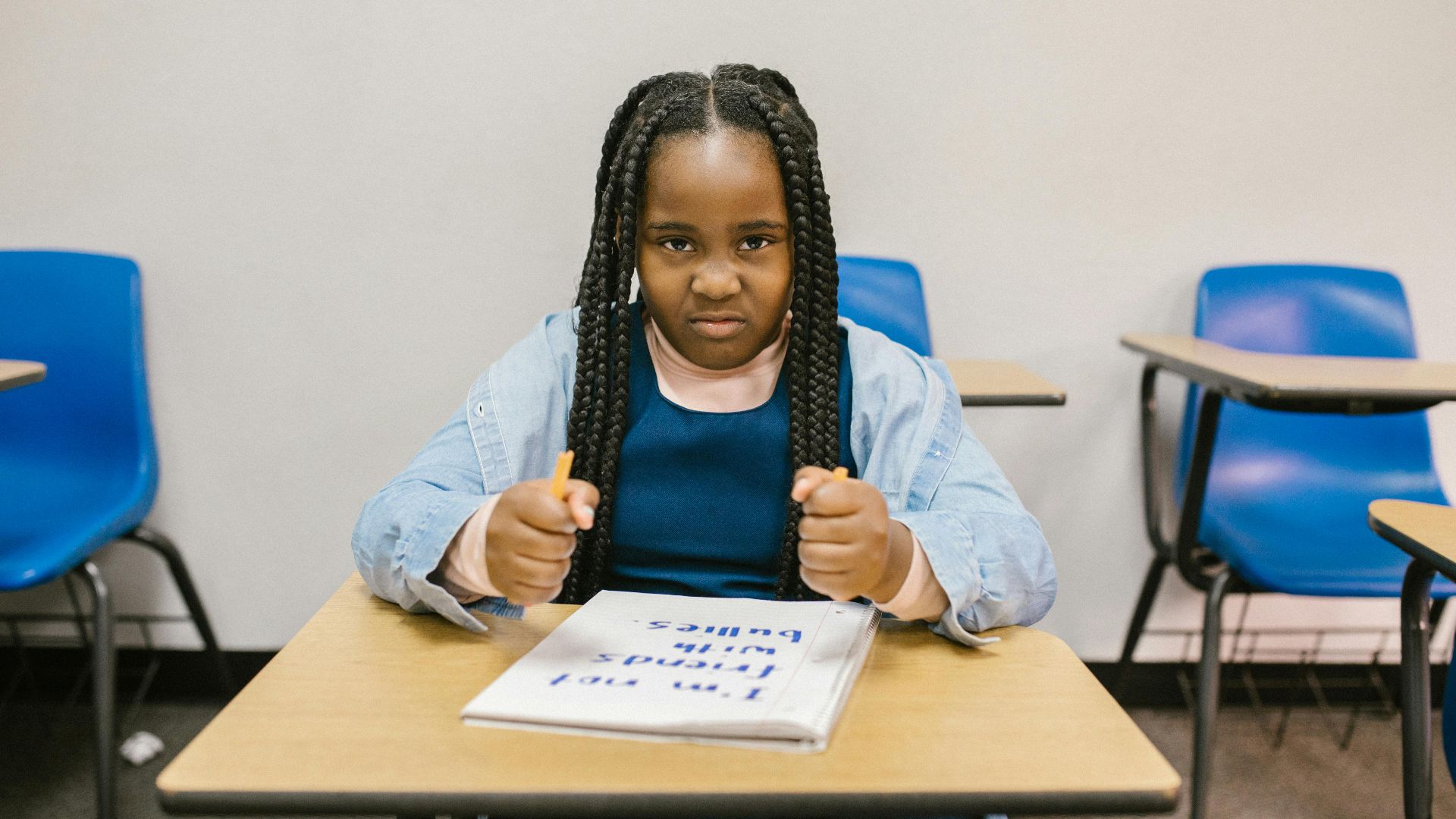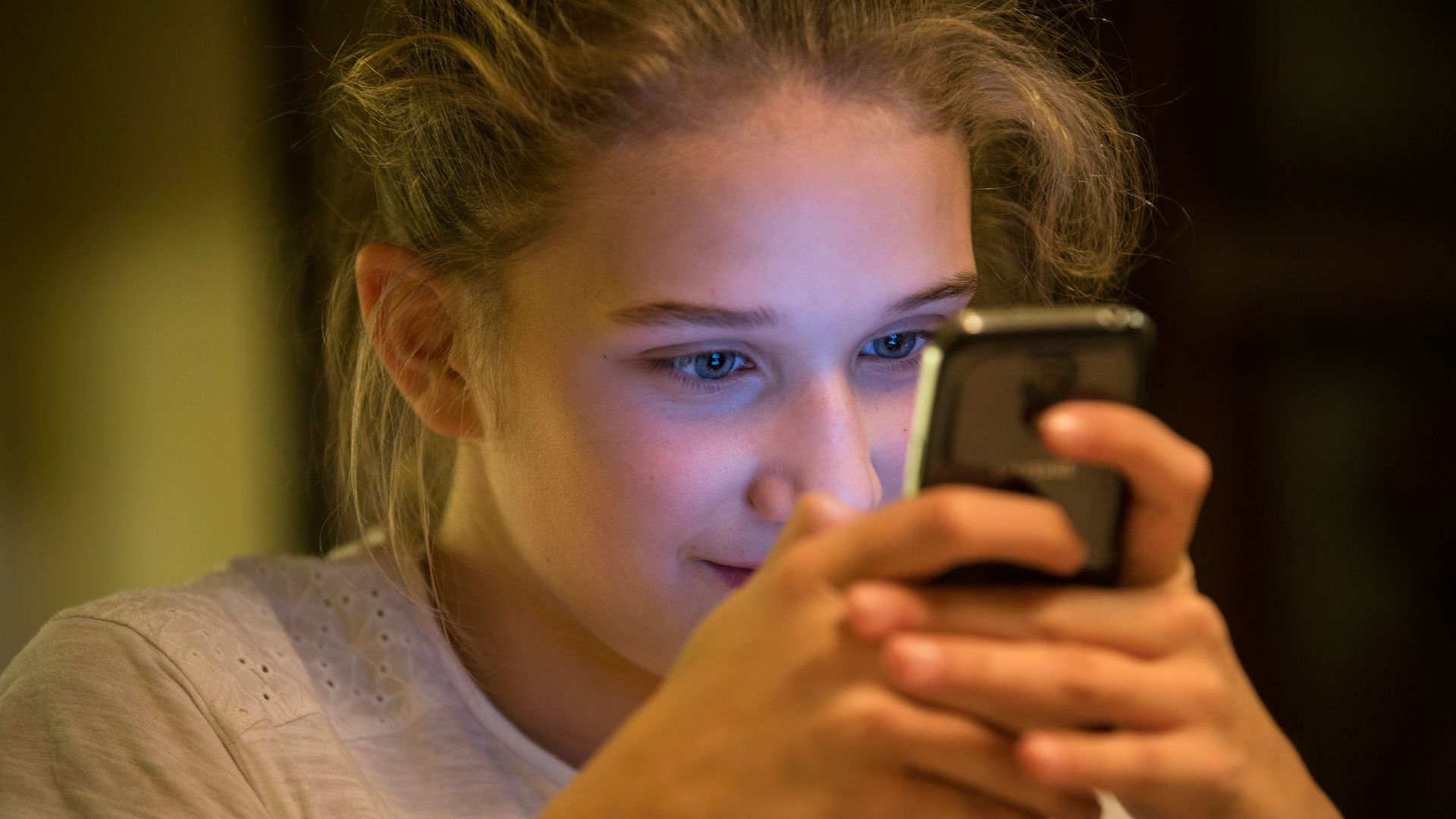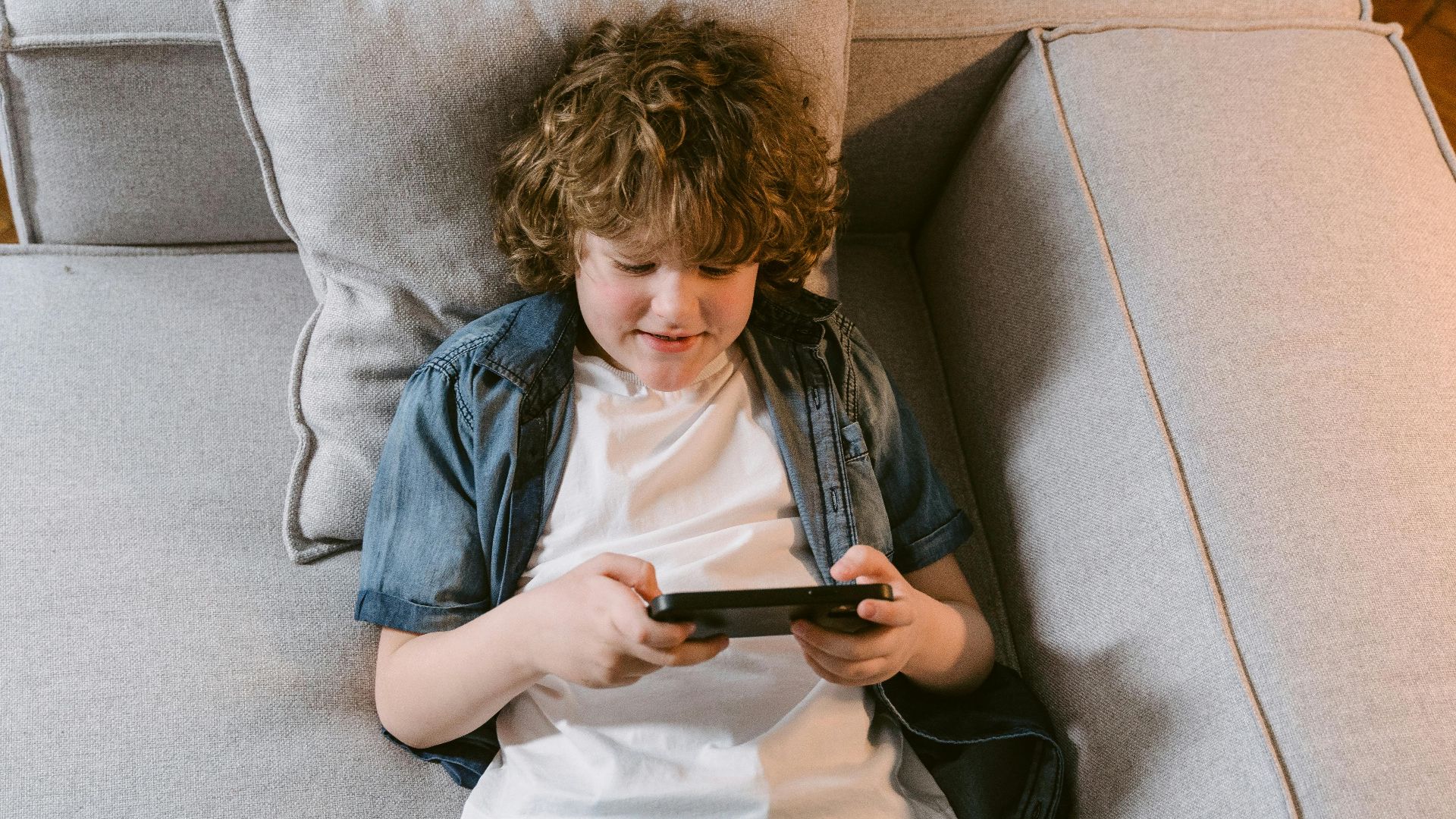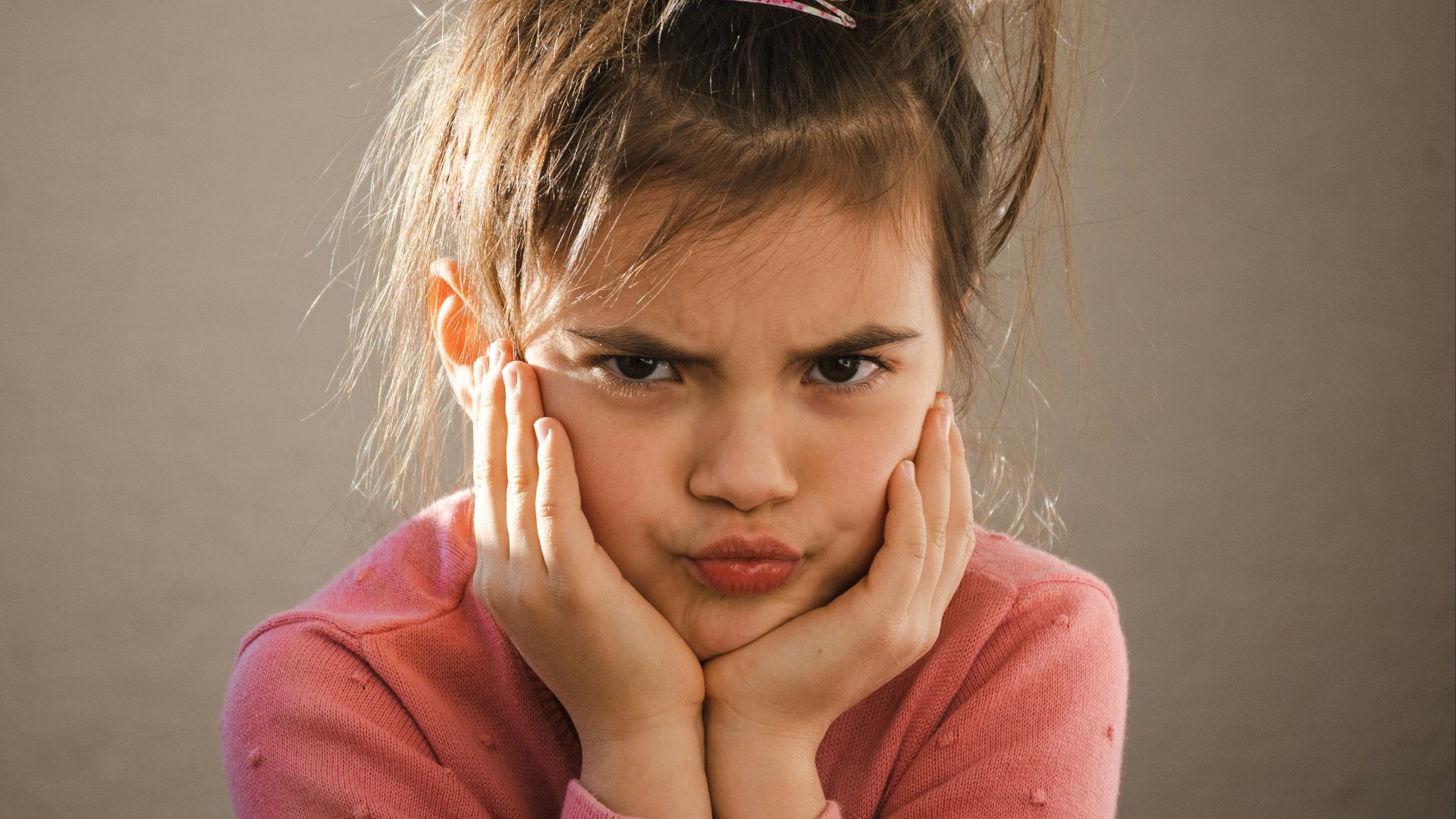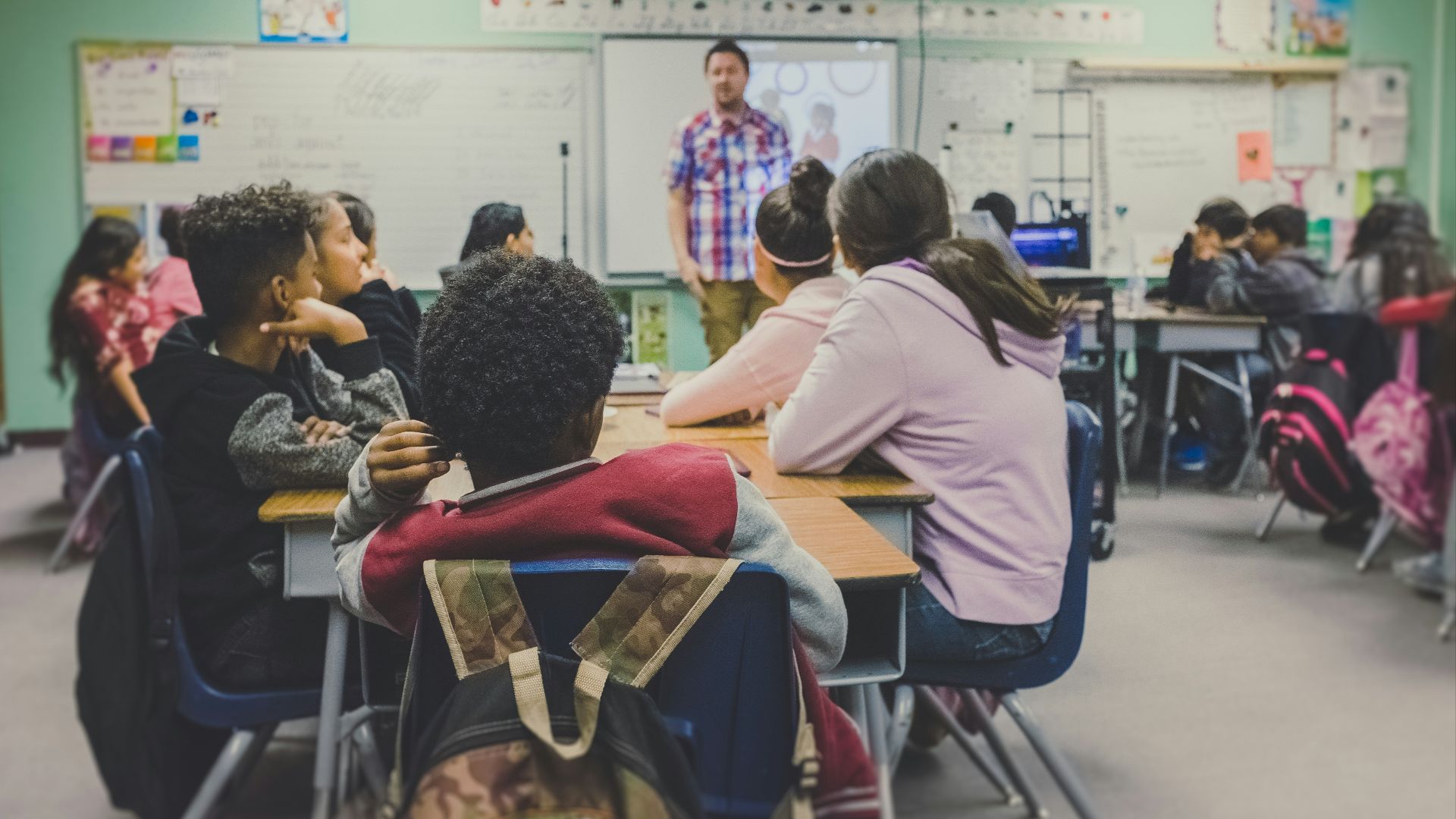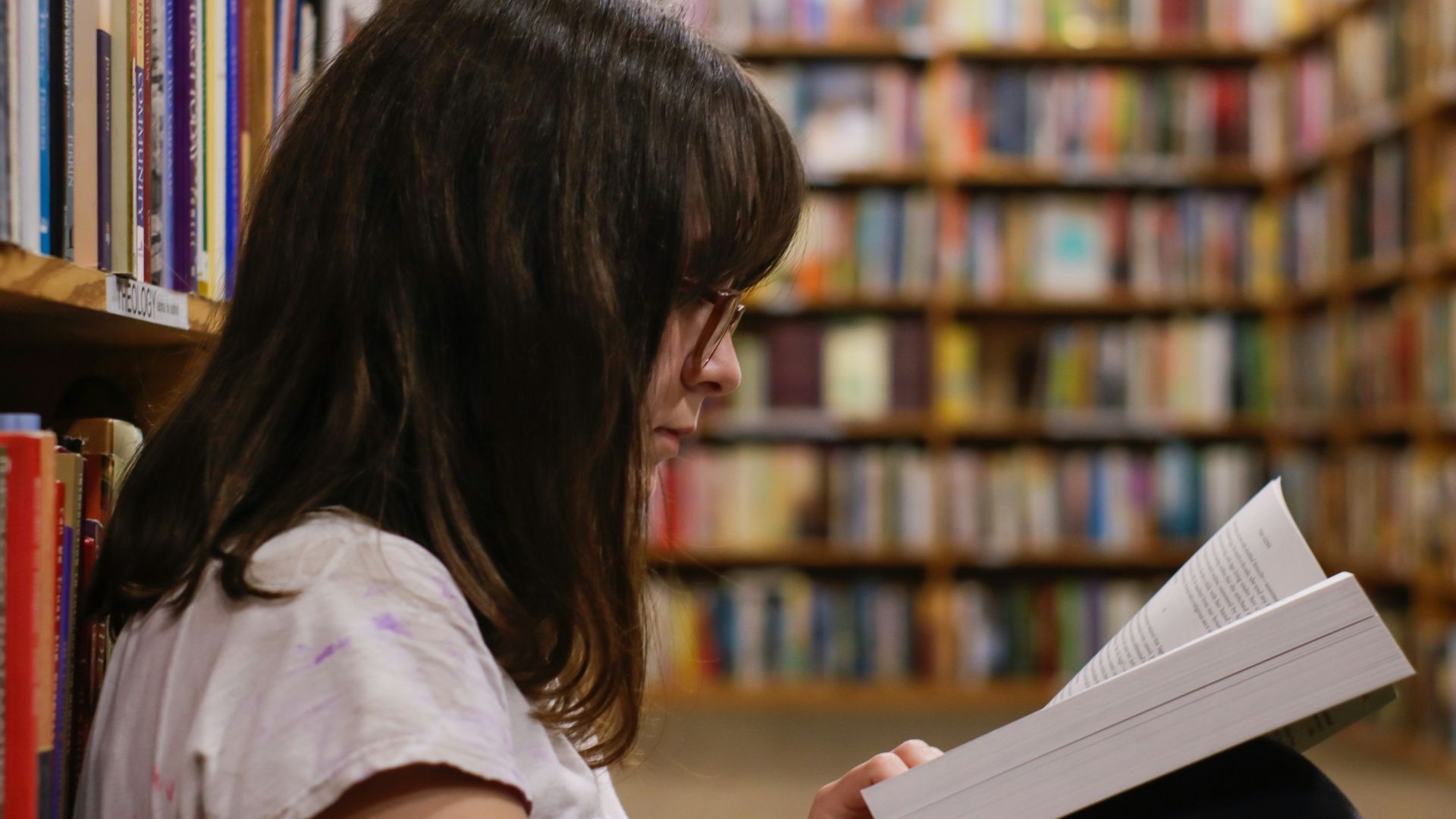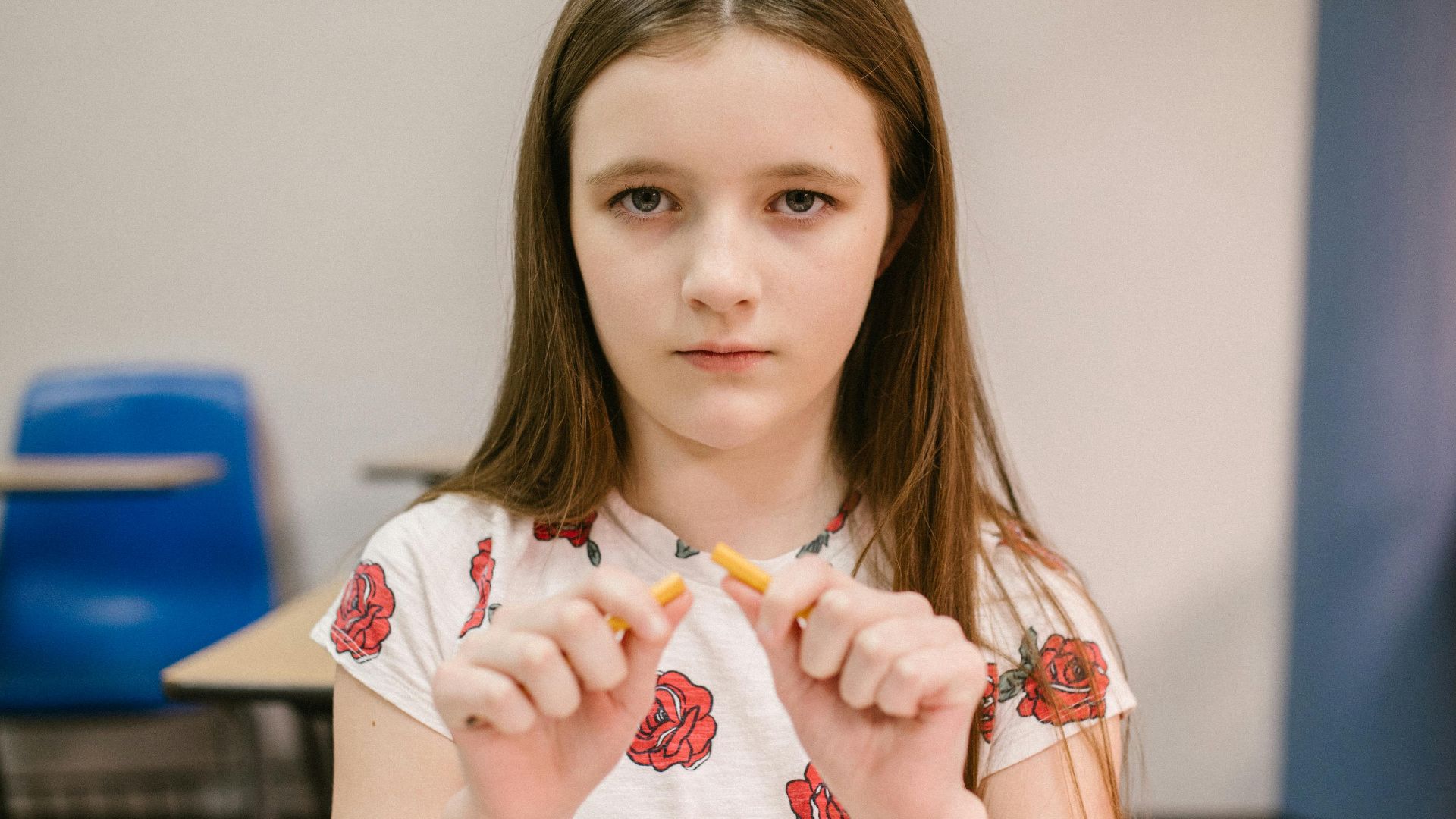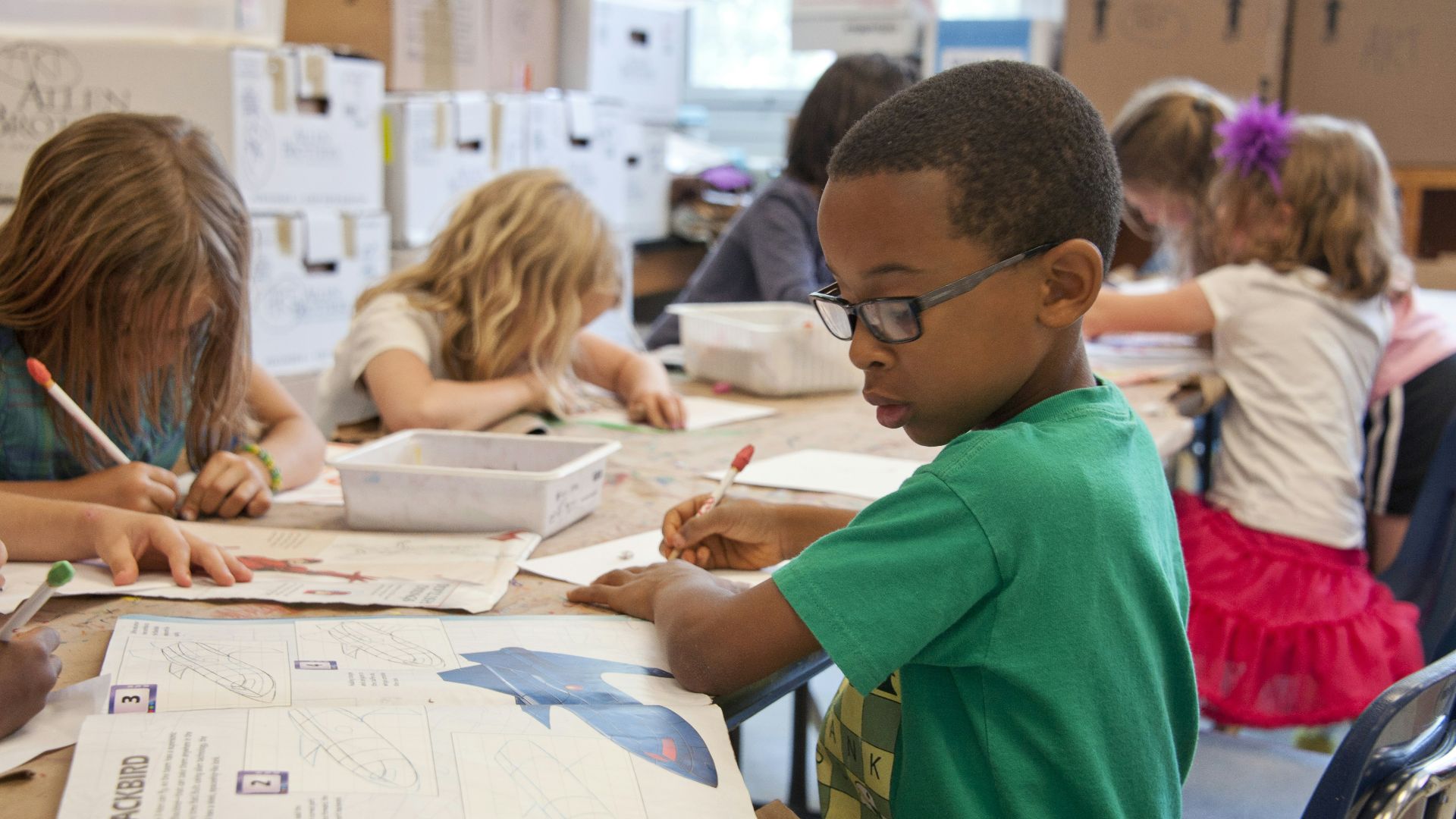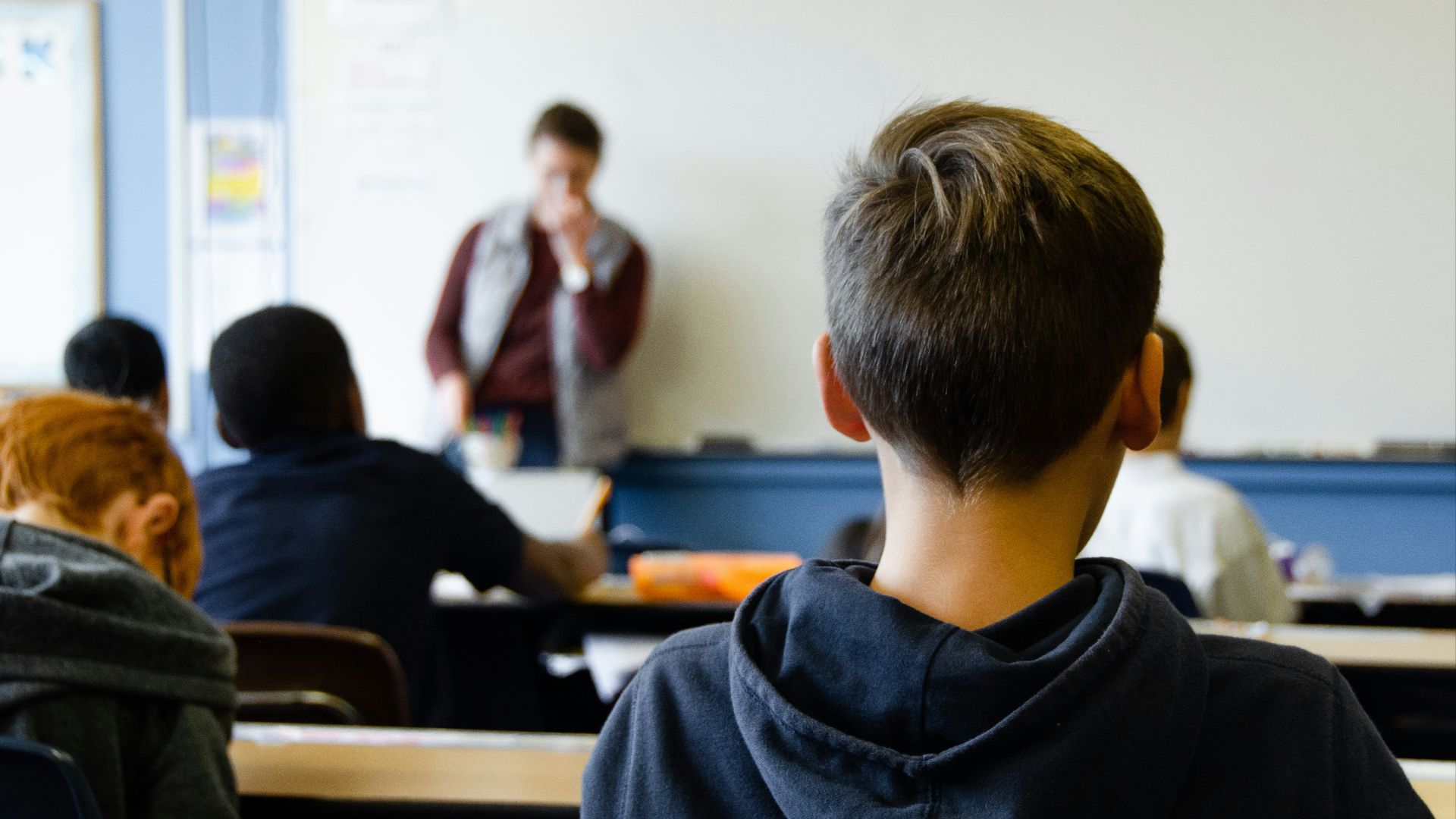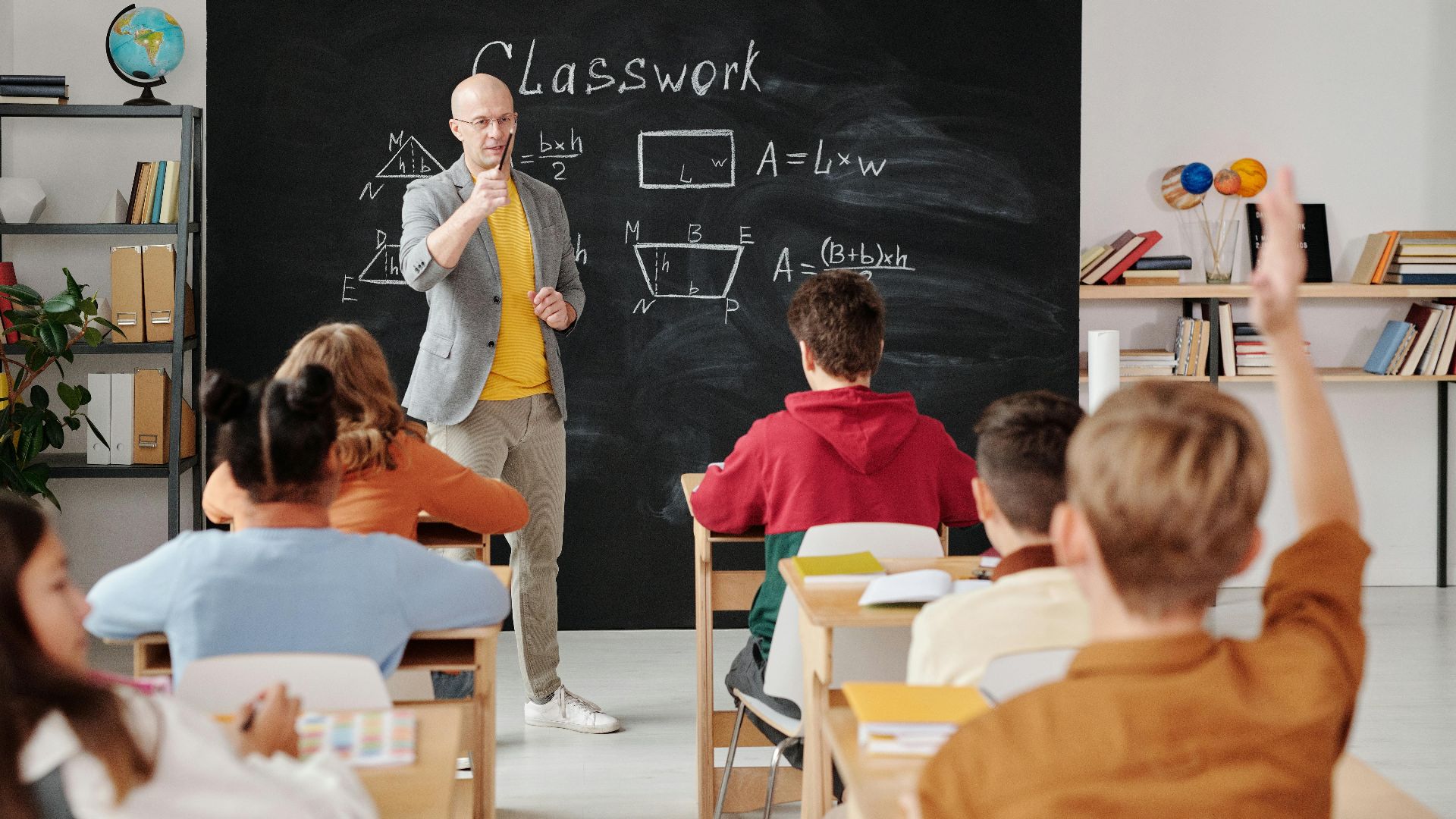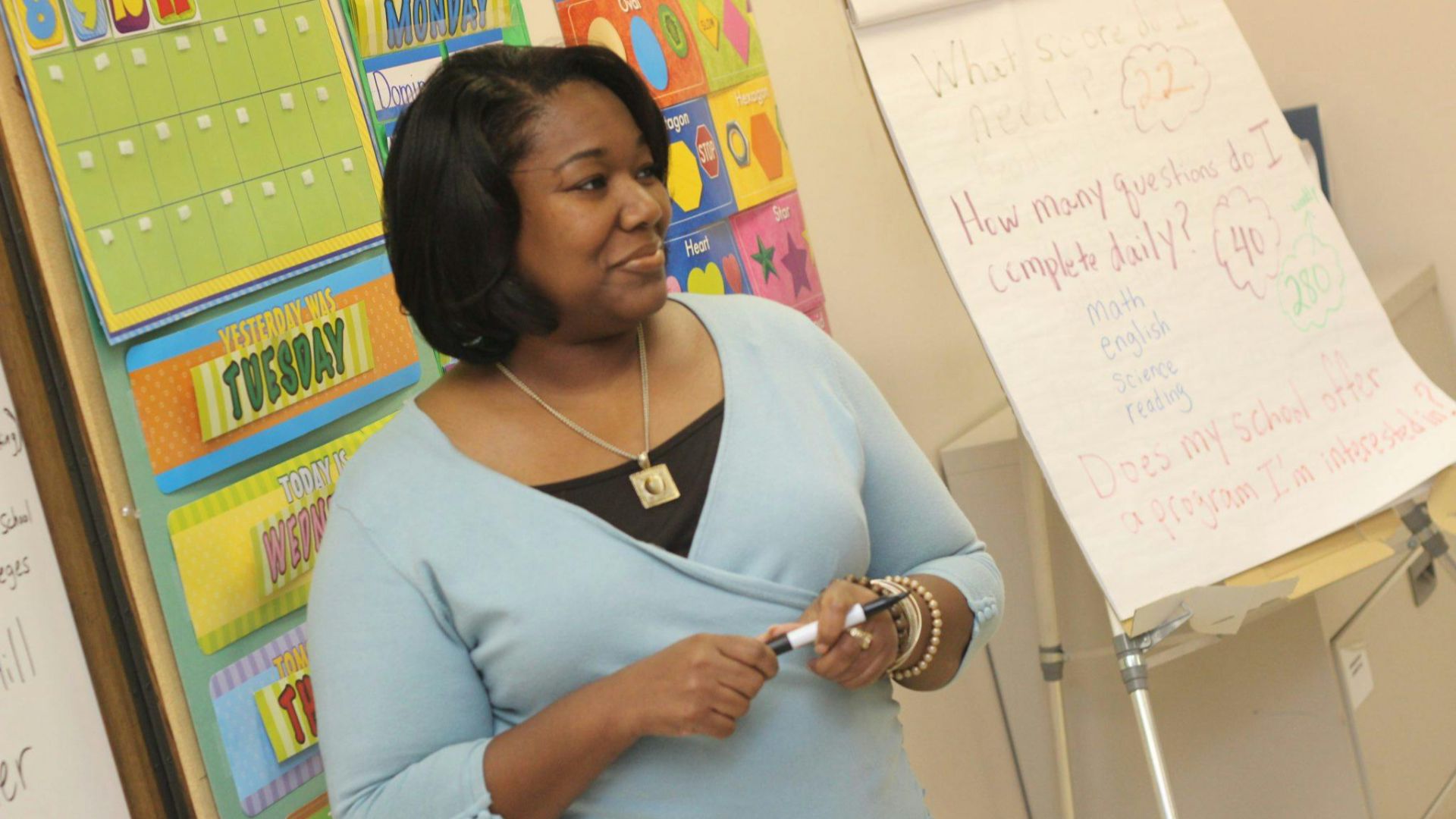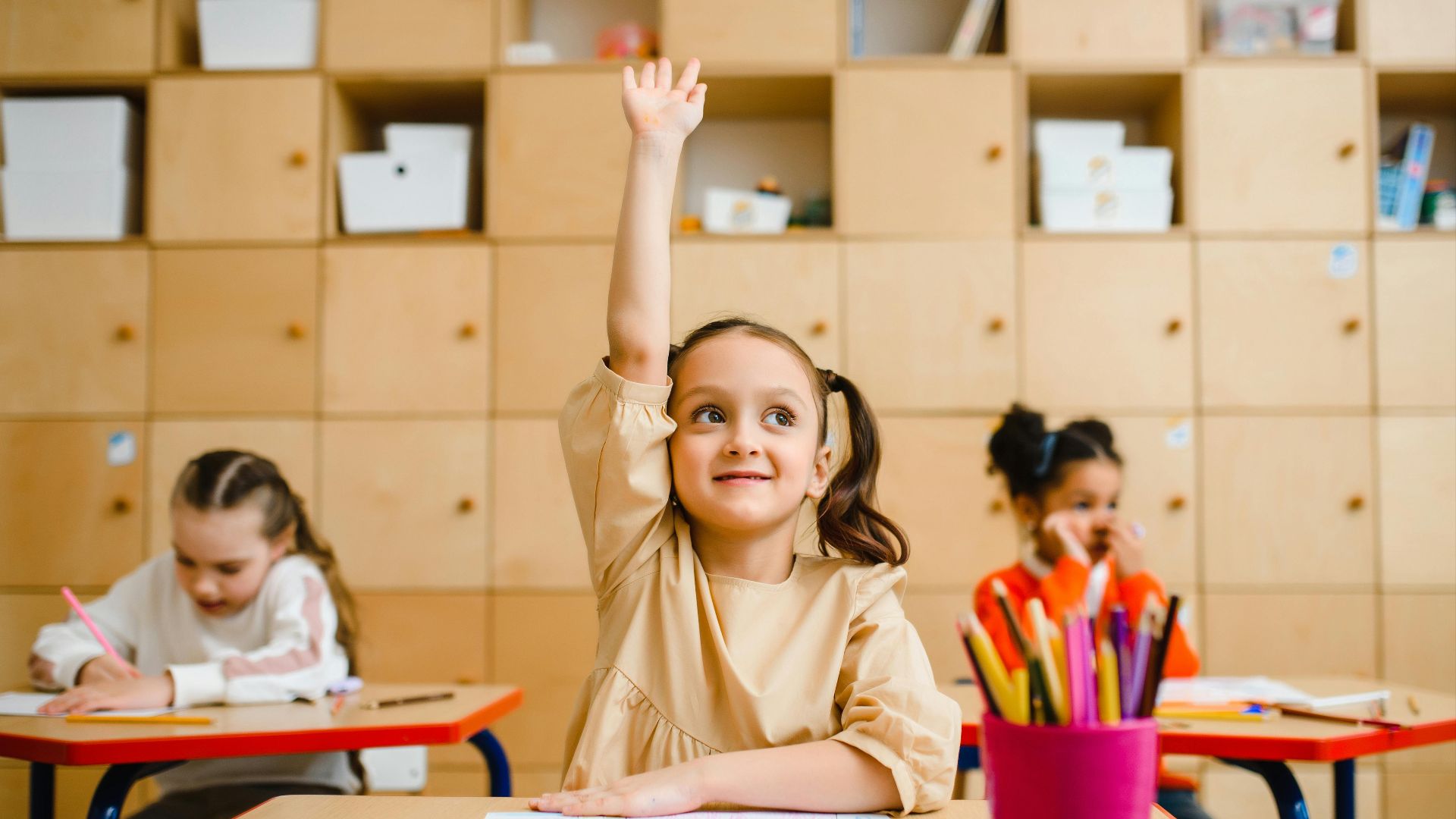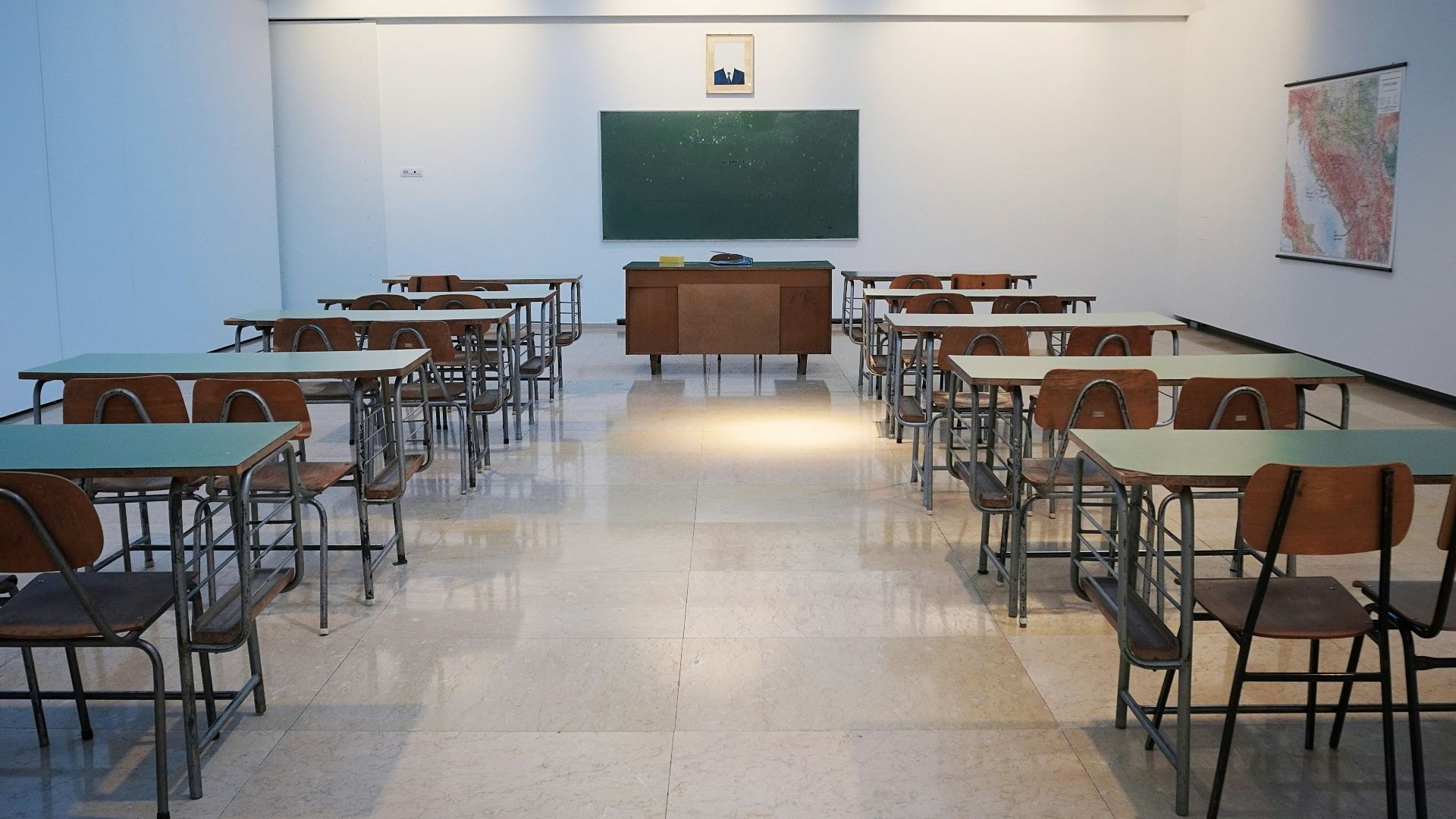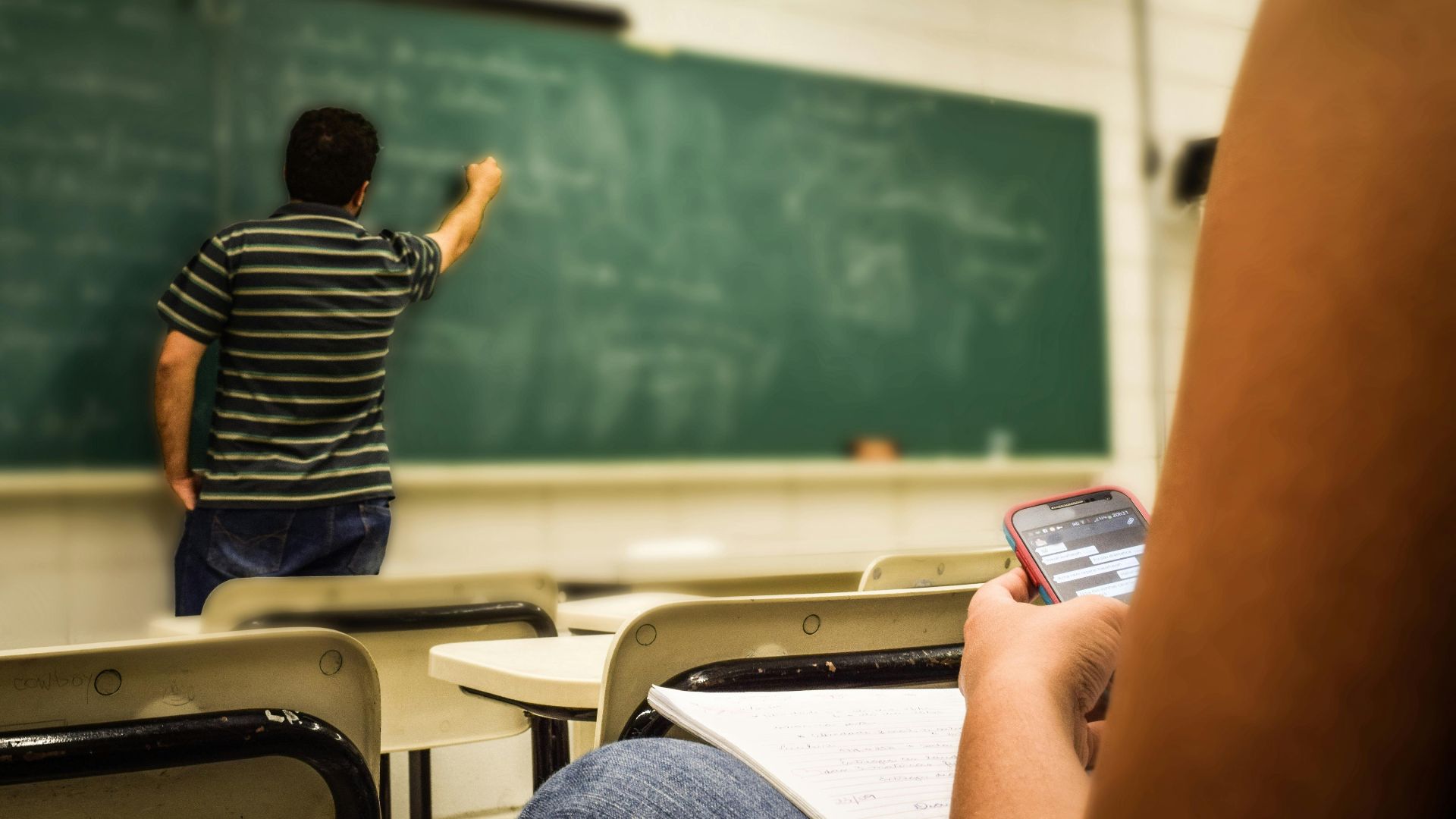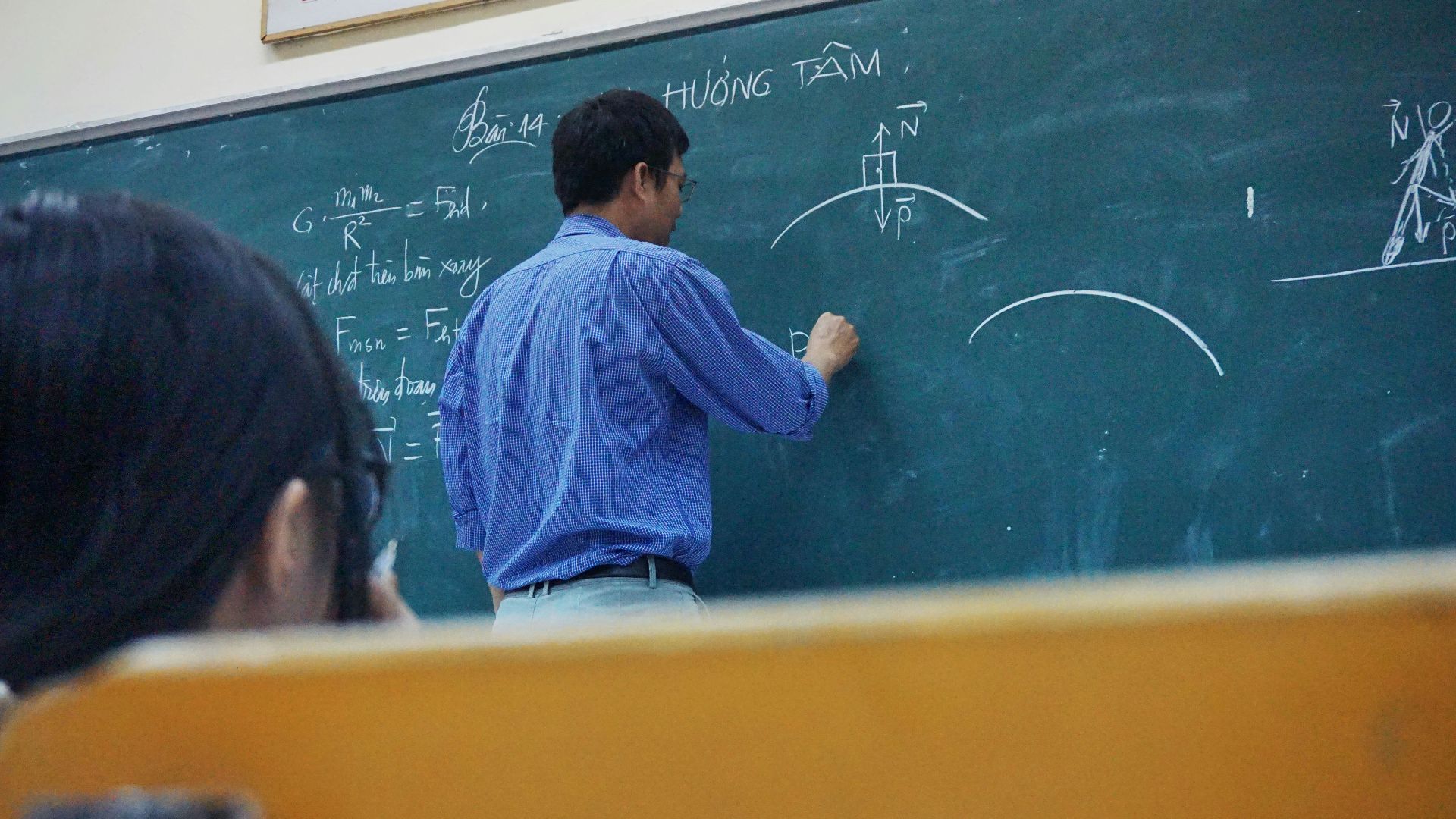Oh, How the Times Have Changed
There was once a time when students wouldn’t dare disrespect their teachers; whether shamed in the classroom or facing punishment at home, kids understood the hierarchical chain of command. Nowadays, however, teachers leave their posts in droves and turn online to voice legitimate concerns about the classroom. With a fresh school year upon us, let’s dive into a few common problems teachers notice—and it isn’t only the kids.
1. Constant Disruptions
With a lack of authority comes a lack of consequence, and many teachers notice the effects of such lackadaisical attitudes. Students disrupt the class, interrupt their teachers, and engage in chronic cellphone use. Today’s teachers struggle with an influx of interruptions and disengagement.
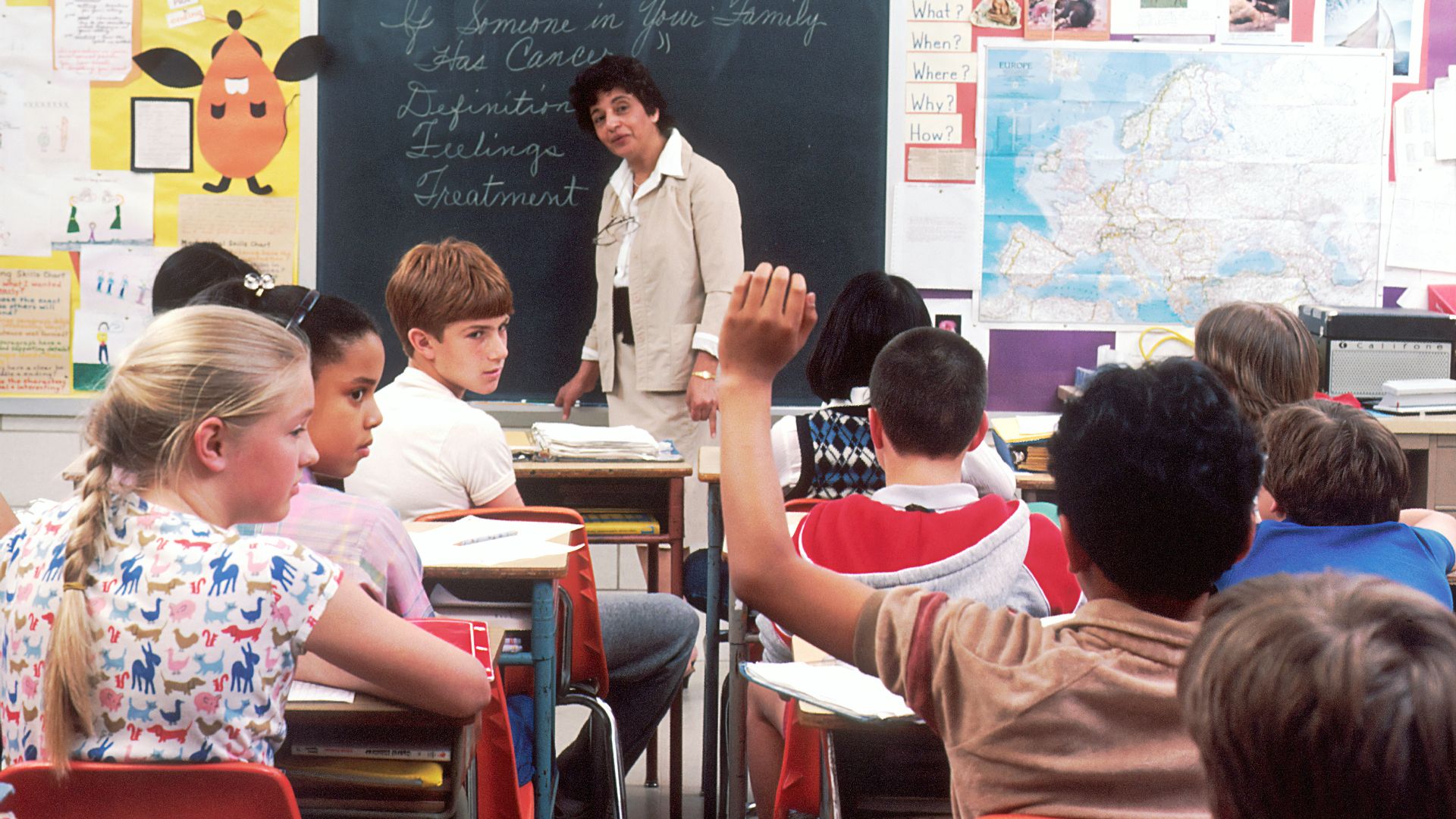 National Cancer Institute on Unsplash
National Cancer Institute on Unsplash
2. Too Much Screen Time
Cellphones and tablets are nothing new, but their constant usage is worrisome in the classroom. While most schools implemented some sort of technology, students aren’t racing to the computer during recess; they’re on their phones at their desks, not paying attention.
3. Lack of Respect
Teachers aren’t the only ones caught in the crossfire. Students aren’t as respectful towards each other as they used to be. Blame it on their online behavior, blame it on a lack of consequences—whatever the issue, more and more teachers report outbursts directed at them and their students’ classmates.
4. Poor Attitude About Grades
Do you remember bringing home a poor report card? What about the dread of potentially flunking a class? Kids today don’t really have those issues. Many schools usher their students into higher grades despite their performance, leaving teachers to struggle with ill-prepared kids and a laissez-faire attitude about their grades.
5. Online Behaviors Enter the Classroom
There’s nothing wrong with spending time online. With the boom of social media, kids today spend a lot of time online just catching up with their peers. However, online behavior isn’t always honky dory—students engage in verbal harassment and inappropriate behavior, which then trickles into the classroom.
6. No Parental Involvement
We don’t know about you, but our parents attended every parent-teacher conference, no matter how much it embarrassed us! Today’s parents, on the other hand, are more stressed than ever, and that has its consequences. Some rely on gentle parenting. Others don’t correct behavior. Some struggle to keep their kids on the straight and narrow against parents who don’t. Whatever the case, it affects the kids.
7. Physical Violence
Old-timers may remember getting their hands whacked for misbehaving. Today, though? Kids do the whacking. Nearly half of teachers across America and Canada report direct attacks against them. The worst part is that many schools refuse to step in, blaming the teachers for not having their class under control.
8. Issues With Administration
Speaking of which, it’s hard to police a classroom when no one has your back. Administration may step in every once in a while, but most teachers are left to their own devices. The end result is teachers leaving in droves or being too scared to speak up.
9. Poor Reading Comprehension
Reading comprehension is at an all-time low across schools. Reports suggest that screen time cuts into physical education, which impacts reading comprehension, while other research claims the scores were dropping well before COVID. Toss in book banning, and the problems never end.
10. Verbal Abuse
The sad reality is that kids don’t just physically attack their teachers. More than ever, educators report hearing some sort of threat or verbal harassment in the classroom. Reports state that nearly 70% of polled teachers claimed they were verbally harassed, with nearly 25% saying it happened several times a month.
11. Kids Not Sitting Still
Annoying as it was, many kids had to ask permission before going to the bathroom. They couldn’t just mosey around the classroom either. Today, however, many teachers report that their students get up at will and wander the class or leave altogether.
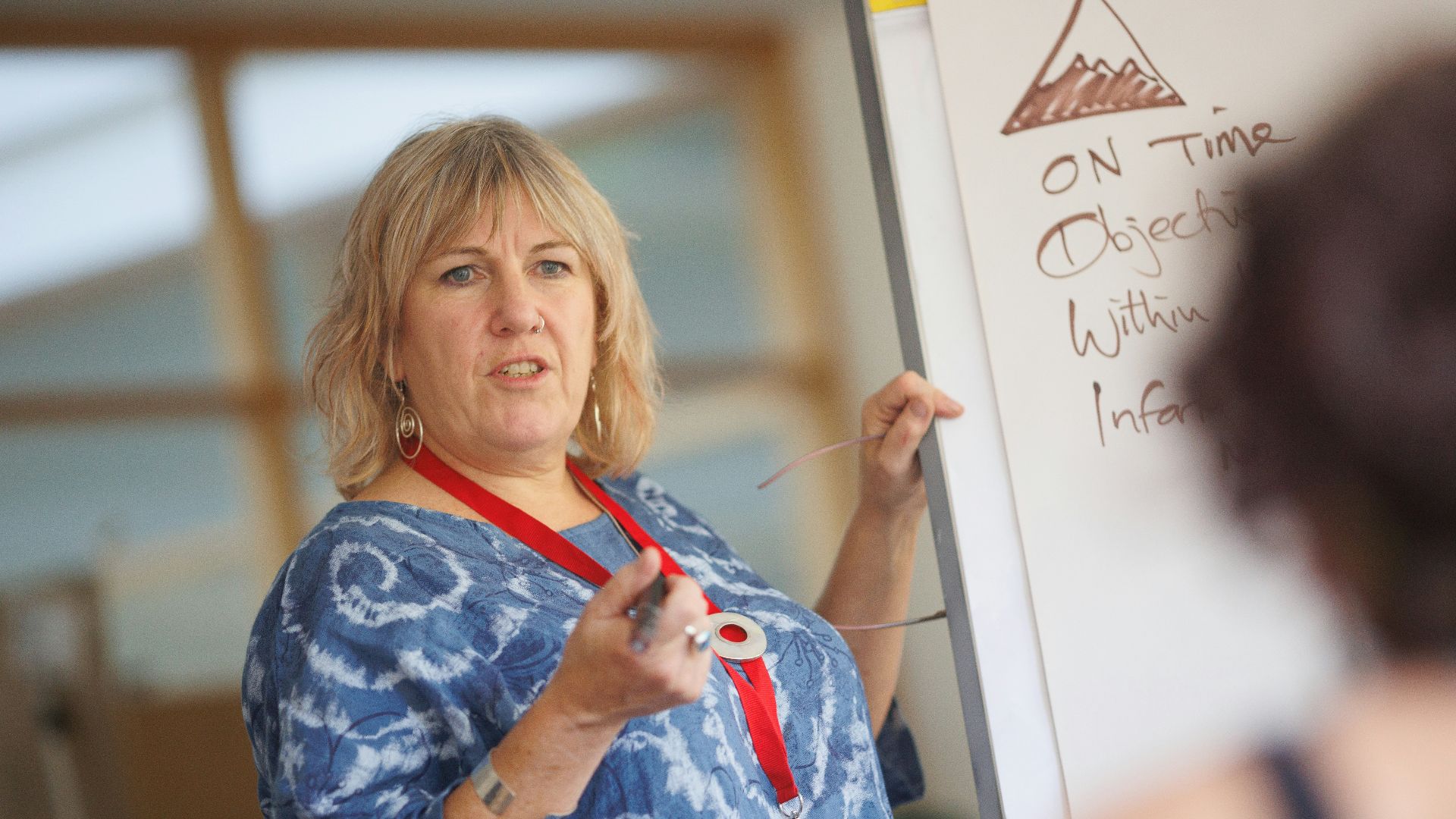 Centre for Ageing Better on Unsplash
Centre for Ageing Better on Unsplash
12. Parents Treating School Like a Daycare
Not every parent is as involved as they should be, and that means schools become a daycare. With a lack of discipline at home, teachers are then forced to pick up the pieces and babysit. In the midst of every other duty, it’s just one more thing that causes burnout in educators.
13. Mental Health Crises
Plenty of children suffer from mental health diagnoses, and while there are programs in place to help them, teachers still feel overwhelmed. In fact, educators often talk about how ill-qualified they or their schools are to deal with such serious matters. Kids are then left in the lurch, and teachers can’t do much about it.
14. Larger Classrooms, More Responsibility
With more and more teachers quitting their jobs, dozens of kids trickle into other classrooms. Remaining teachers are left with an overflow of children, which only adds to the stress. The more kids, the more work, and the more potential for problems.
15. Students Lack Initiative
It was always a little nerve-racking to walk up to the teacher’s desk and ask for help. However, that initiative helped solve problems and get homework done. Nowadays, many kids don’t care if they pass or fail, and don’t always bother to take the first step.
16. Entitlement
“You can’t have everything served on a silver platter.” Unfortunately, that sentiment never reached today’s students. Teachers often express their surprise at kids, expecting every answer and waiting for the educators to do their work for them.
17. Chronic Absenteeism
Hey, we’ve all ditched class once or twice. But chronic absenteeism causes all sorts of issues down the road: higher dropout rates, lower reading scores, and a lack of developmental life skills. Across the U.S. alone, studies report that absenteeism jumped from 15% pre-pandemic to 23.5% in public schools.
18. Difficulty Enforcing Rules
Schools might have rules in place, but that doesn’t mean easy enforcement. A 2023 report stated that 97% of students aged 11-17 used their phones during school hours. With everything teachers have to worry about, they won’t always catch rule-breaking, and in some cases, cellphone use is the least of their problems.
19. Apathetic Students
What did you want to be when you grew up? A firefighter? A doctor? Maybe you wanted to write the next great American novel. It’s not that kids don’t have aspirations; it’s that their main goals are to become influencers. Polled Gen Alpha kids show that the top two jobs most kids want are YouTube creator and TikTok influencer. It takes a lot less schooling to become an influencer than a nurse, and kids know it.
20. Unqualified Teachers
Teachers' colleges and certificate programs have significantly lowered their qualifications. We can hardly blame them! With so many empty classrooms, schools are left scrambling for educators. This means some teachers complete their courses in half the time, leaving them ill-prepared for what lies ahead.


